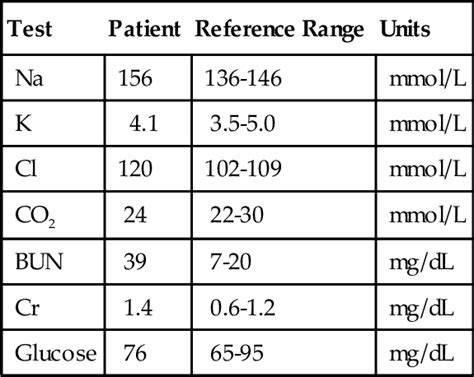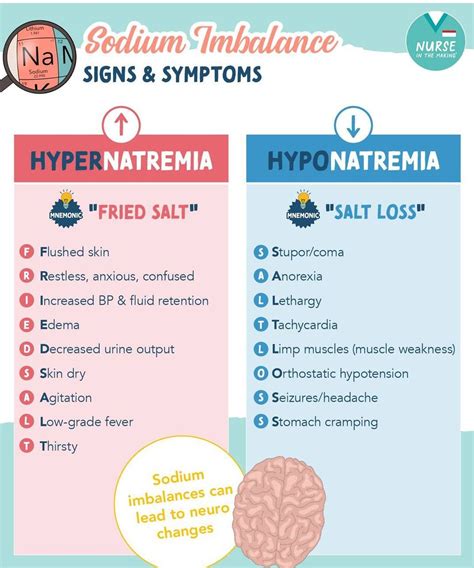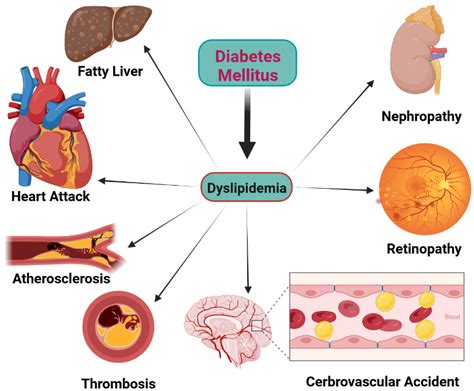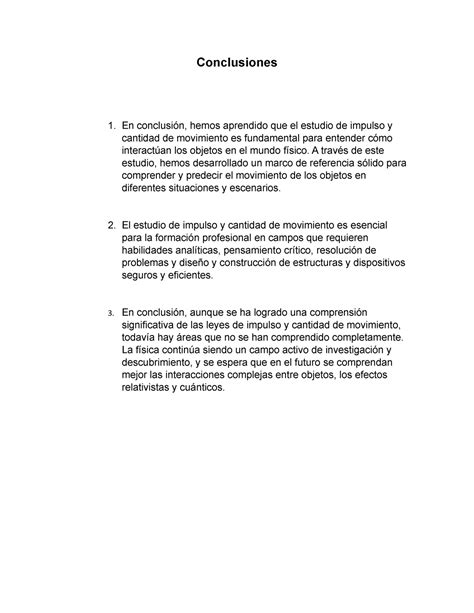Intro
Discover normal sodium levels in blood, understanding hyponatremia, hypernatremia, and electrolyte balance, to maintain optimal health and prevent sodium-related disorders.
Maintaining normal sodium levels in the blood is crucial for various bodily functions, including nerve and muscle function, as well as regulating the amount of water in the body. Sodium is an essential electrolyte that helps control the amount of water in and around cells. The balance of sodium is tightly regulated by the body, and any significant deviations from the normal range can lead to serious health issues. Understanding the importance of sodium levels and how they are maintained is vital for appreciating the intricacies of human physiology and the management of conditions related to sodium imbalances.
The human body is incredibly efficient at regulating sodium levels, primarily through the kidneys, which adjust the amount of sodium excreted in the urine. Hormones such as aldosterone also play a key role in this regulation by influencing how much sodium is reabsorbed by the kidneys. When sodium levels in the blood become too high or too low, the body responds with mechanisms to normalize these levels, highlighting the critical nature of maintaining the balance. The consequences of failing to maintain normal sodium levels can range from mild symptoms to life-threatening conditions, emphasizing the need for awareness and understanding of sodium's role in the body.
Sodium imbalances can result from various factors, including dietary intake, certain medications, and underlying medical conditions. For instance, consuming too much sodium can lead to hypernatremia (high sodium levels), while conditions affecting the kidneys or the hormonal regulation of sodium can lead to hyponatremia (low sodium levels). Recognizing the signs and symptoms of sodium imbalances and understanding the appropriate interventions can significantly impact the management and prevention of related health issues. This knowledge not only aids in the prevention of complications but also in the promotion of overall health and well-being.
Understanding Normal Sodium Levels

Normal sodium levels in the blood typically range from 135 to 145 milliequivalents per liter (mEq/L). Levels within this range are considered optimal for maintaining proper bodily functions. The body tightly regulates sodium levels through a complex system involving the kidneys, hormones, and the nervous system. Even slight deviations from this range can signal underlying issues that may require medical attention. For example, a sodium level below 135 mEq/L indicates hyponatremia, while a level above 145 mEq/L suggests hypernatremia. Both conditions can have serious health implications if not properly addressed.
Regulation of Sodium Levels
The regulation of sodium levels is a multifaceted process that involves several key players. The kidneys play a central role by adjusting the amount of sodium reabsorbed into the bloodstream and excreted in the urine. Hormones, particularly aldosterone, influence this process by promoting the reabsorption of sodium in the kidneys. The renin-angiotensin-aldosterone system (RAAS) is another critical component, activating a cascade of reactions that ultimately leads to the retention of sodium and water, helping to maintain blood pressure and sodium balance. Understanding these mechanisms is essential for grasping how sodium levels are controlled and how imbalances occur.Causes and Symptoms of Sodium Imbalances

Sodium imbalances can stem from a variety of causes, including excessive sodium intake, dehydration, heart failure, liver disease, and certain medications. The symptoms of these imbalances can vary significantly depending on the severity and whether the imbalance is causing high (hypernatremia) or low (hyponatremia) sodium levels. For hypernatremia, symptoms might include thirst, dark urine, and in severe cases, seizures or coma. Hyponatremia can lead to nausea, vomiting, headache, and in severe cases, respiratory arrest. Recognizing these symptoms is crucial for early detection and treatment.
Treatment and Management
The treatment of sodium imbalances depends on the underlying cause and the severity of the condition. For mild cases, dietary adjustments may suffice, such as reducing sodium intake in cases of hypernatremia or increasing it in cases of hyponatremia. In more severe cases, hospitalization may be necessary to correct the imbalance through intravenous fluids and to manage any complications. Medications may also be prescribed to manage symptoms or to address underlying conditions contributing to the imbalance. In all cases, careful monitoring of sodium levels and overall health status is essential to prevent further complications.Dietary Considerations for Sodium Balance

Diet plays a significant role in maintaining normal sodium levels. The American Heart Association recommends consuming no more than 2,300 milligrams of sodium per day, and ideally no more than 1,500 milligrams if you're at risk for high blood pressure or heart disease. Reading food labels, choosing low-sodium options, and seasoning foods with herbs and spices instead of salt can help manage sodium intake. Additionally, being mindful of hidden sources of sodium in foods such as bread, soups, and condiments is crucial. A balanced diet that is low in sodium and rich in fruits, vegetables, and whole grains can support overall health and help maintain normal sodium levels.
Prevention Strategies
Preventing sodium imbalances involves a combination of dietary management, regular health check-ups, and awareness of the signs and symptoms of imbalances. Staying hydrated, especially during illnesses that cause vomiting or diarrhea, can prevent dehydration and subsequent sodium imbalances. Being aware of medications that can affect sodium levels and monitoring sodium intake, especially in individuals with a history of sodium imbalances or related health conditions, is also important. By adopting these strategies, individuals can significantly reduce their risk of developing sodium-related health issues.Complications of Untreated Sodium Imbalances

Untreated sodium imbalances can lead to serious and potentially life-threatening complications. For hypernatremia, complications can include seizures, coma, and in severe cases, death. Hyponatremia can lead to brain swelling, which may result in respiratory arrest. Additionally, both conditions can lead to long-term health issues if not properly managed, such as increased risk of heart disease and stroke. The importance of prompt recognition and treatment of sodium imbalances cannot be overstated, as timely intervention can significantly improve outcomes and prevent long-term damage.
Long-Term Management and Health Implications
The management of sodium imbalances often requires long-term strategies to prevent recurrence and manage any underlying conditions. This may involve regular monitoring of sodium levels, adjustments to medication, and lifestyle changes such as dietary modifications and increased physical activity. Understanding the health implications of sodium imbalances and the importance of maintaining normal sodium levels is crucial for promoting overall health and preventing complications. By working closely with healthcare providers and adopting healthy habits, individuals can effectively manage sodium imbalances and reduce their risk of related health issues.Conclusion and Future Directions

In conclusion, maintaining normal sodium levels is essential for overall health, and understanding the causes, symptoms, and management of sodium imbalances is critical for prevention and treatment. As research continues to uncover the intricacies of sodium regulation and its impact on health, it is likely that new strategies for managing sodium imbalances will emerge. For now, adopting a balanced diet, staying hydrated, and being mindful of sodium intake are key steps individuals can take to support their health. By prioritizing sodium balance and overall health, individuals can significantly reduce their risk of complications and promote well-being.
Final Thoughts
The importance of sodium balance cannot be overstated, and it is an aspect of health that deserves attention and awareness. By educating ourselves and others about the role of sodium in the body and the implications of imbalances, we can work towards preventing related health issues and promoting a healthier population. As we move forward, it is crucial to continue exploring the complexities of sodium regulation and to develop effective strategies for managing imbalances, ultimately contributing to better health outcomes for all.What are normal sodium levels in the blood?
+Normal sodium levels in the blood typically range from 135 to 145 milliequivalents per liter (mEq/L).
What causes sodium imbalances in the body?
+Sodium imbalances can be caused by excessive sodium intake, dehydration, certain medications, and underlying medical conditions such as heart failure or liver disease.
How are sodium imbalances treated?
+Treatment depends on the severity and cause of the imbalance and may include dietary adjustments, intravenous fluids, and medications to manage symptoms or underlying conditions.
We invite you to share your thoughts and questions about maintaining normal sodium levels and the management of sodium imbalances. Your engagement and feedback are invaluable in promoting a deeper understanding of this critical aspect of health. By sharing this article with others, you can help spread awareness about the importance of sodium balance and contribute to a healthier community. Together, let's prioritize our health and well-being by staying informed and proactive about sodium imbalances and their management.
